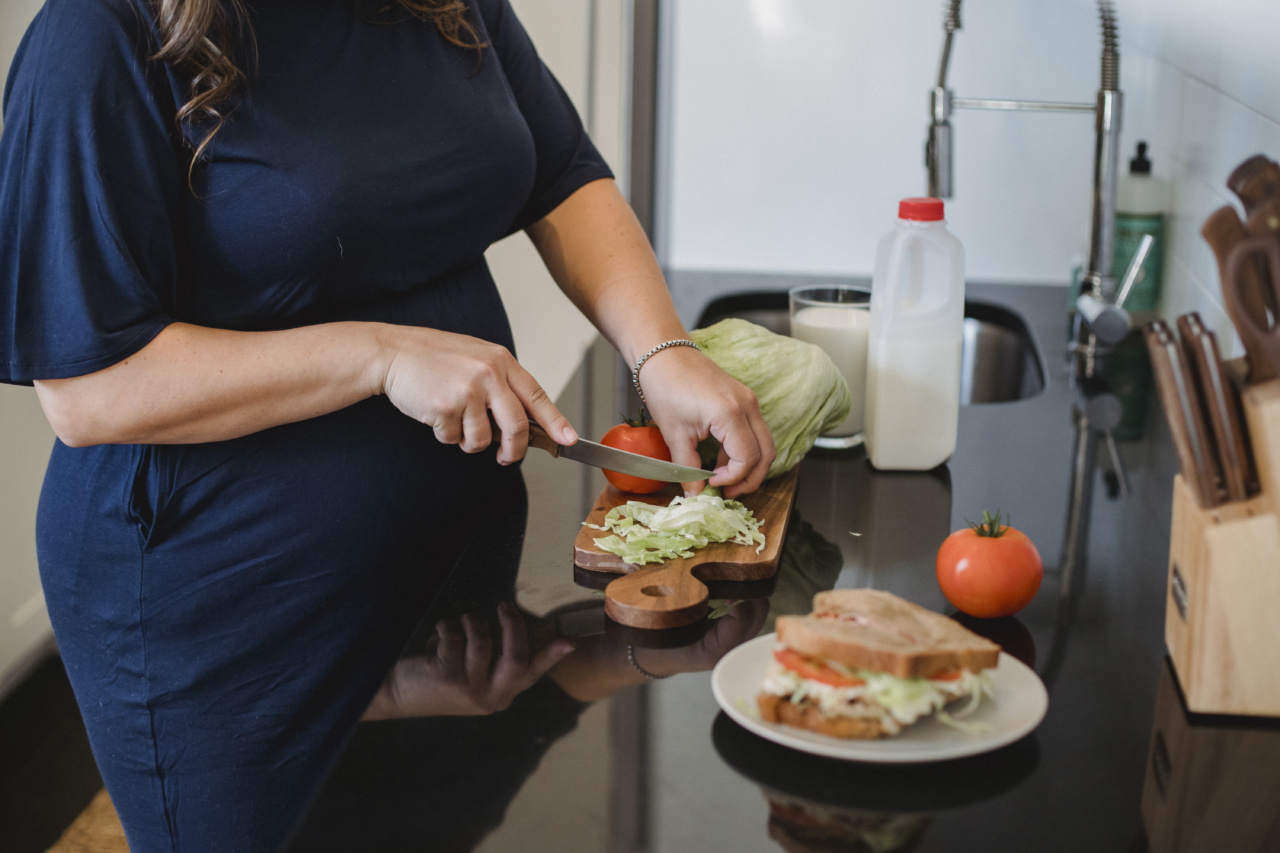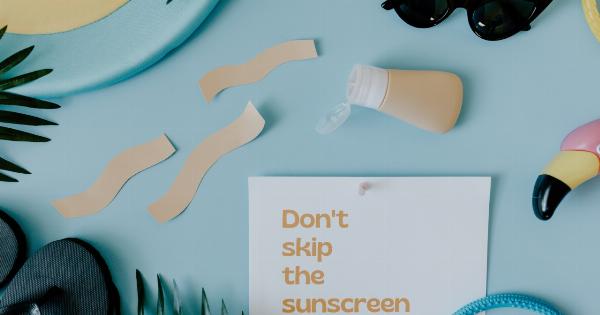Pregnancy involves a host of changes in a woman’s body, and as an expectant mother, taking care of your skin becomes even more crucial.
While protecting your skin from the harmful effects of the sun is essential, it is essential to be cautious about the sunscreen products you use during pregnancy. Some sunscreen ingredients have raised concerns due to their potential adverse effects on both the mother and the developing baby.
In this article, we will explore the dangers associated with certain sunscreen ingredients during pregnancy and offer safer alternatives.
1. Oxybenzone
Oxybenzone is a widely used sunscreen ingredient that helps absorb ultraviolet (UV) light. However, studies have suggested that oxybenzone may have hormone-disrupting properties as it can mimic estrogen in the body.
This can potentially interfere with the normal hormonal balance, which is essential for the development of the baby. Furthermore, oxybenzone has been detected in breast milk, suggesting that it may pass from the mother to the baby.
2. Retinyl Palmitate (Vitamin A Palmitate)
Retinyl palmitate is a form of vitamin A commonly found in sunscreens. While vitamin A is essential for maintaining healthy skin, high levels of retinyl palmitate can be harmful during pregnancy.
Excessive amounts of vitamin A, whether ingested orally or applied topically, can lead to birth defects. It is advisable to avoid sunscreens containing retinyl palmitate and opt for safer alternatives.
3. Homosalate
Homosalate is a chemical compound frequently used in sunscreens to enhance their ability to absorb UV rays. However, research has shown that this ingredient can disrupt hormone function and potentially interfere with the normal development of the baby.
It is best to choose sunscreens that do not contain homosalate to minimize any potential risks.
4. Octinoxate
Octinoxate is another commonly used ingredient in sunscreens due to its UV-absorbing properties. However, concerns have been raised regarding its potential adverse effects on gestation and the developing fetus.
Studies have indicated that octinoxate can disrupt hormone production and alter reproductive functions. Pregnant women should consider alternative sunscreens without octinoxate.
5. Chemical Sunscreen Filters
Chemical sunscreen filters, such as avobenzone, octisalate, and octocrylene, are known to absorb UV rays and prevent sun damage. However, they have been associated with potential hormone disruption, reproductive toxicity, and allergic reactions.
While the research on these ingredients is limited, it is advisable to exercise caution and opt for mineral-based sunscreens instead during pregnancy.
6. Safer Alternatives: Mineral-Based Sunscreens
Mineral-based sunscreens contain ingredients like zinc oxide and titanium dioxide, which work by forming a physical barrier on the skin to reflect and scatter UV rays.
These ingredients are considered safer alternatives during pregnancy as they are not known to penetrate the skin and are less likely to cause hormonal disruptions. Additionally, mineral-based sunscreens are less likely to cause allergic reactions, making them suitable for sensitive skin.
7. SPF and Broad-Spectrum Protection
When selecting a sunscreen during pregnancy, it is important to choose one that offers both broad-spectrum protection and a high sun protection factor (SPF).
Broad-spectrum sunscreens protect against both UVA and UVB rays, which helps guard the skin against sunburn, skin aging, and the risk of skin cancer. SPF indicates the level of protection against UVB rays. Opting for a sunscreen with SPF 30 or higher is generally recommended. However, it is essential to remember that sunscreen should not be the sole form of sun protection.
Wearing protective clothing, seeking shade, and avoiding excessive sun exposure are also important precautions.
8. Patch Test and Hypoallergenic Formulas
Pregnancy can make your skin more sensitive than usual, so it is advisable to perform a patch test before using a new sunscreen product. Apply a small amount of the product on a small area of skin and observe for any adverse reactions.
Additionally, look for sunscreens labeled as “hypoallergenic” to minimize the risk of skin irritation or allergic reactions.
9. Consultation with a Healthcare Professional
If you have concerns or questions about the safety of specific sunscreen ingredients during pregnancy, it is always best to consult with your healthcare professional.
They can provide personalized advice based on your individual circumstances and guide you in choosing the most suitable sunscreen options.
10. Sun Protection Beyond Sunscreen
While sunscreen is an important part of sun protection, it should not form the sole basis of your sun safety routine during pregnancy.
Additional preventive measures include seeking shade, especially during peak sun hours, wearing wide-brimmed hats, long-sleeved clothing, and sunglasses with UV protection. Remember that staying hydrated is also crucial to support your skin’s overall health during pregnancy.




























